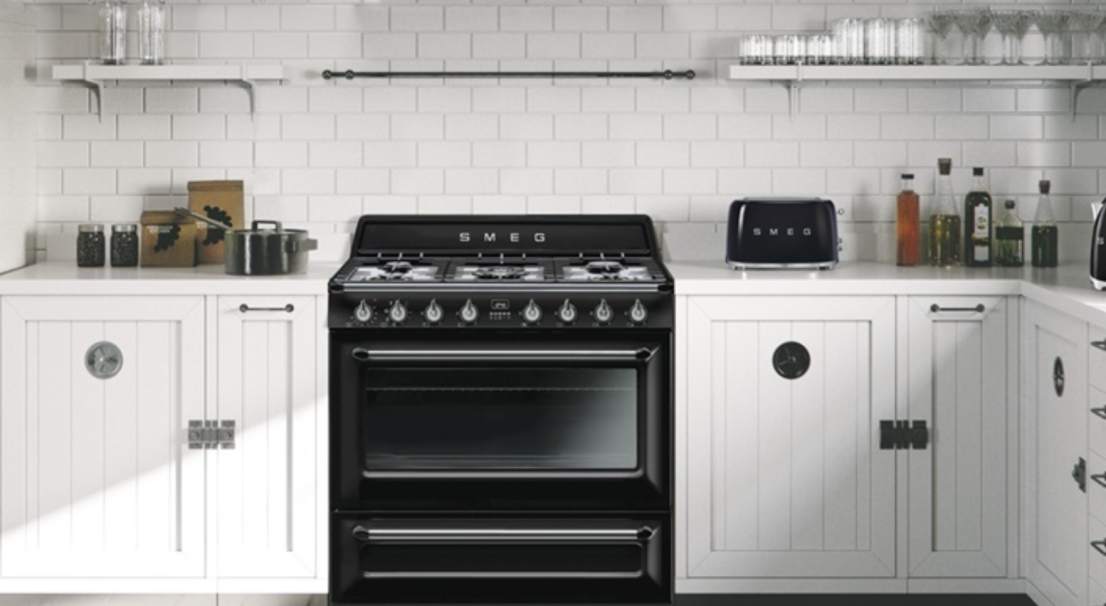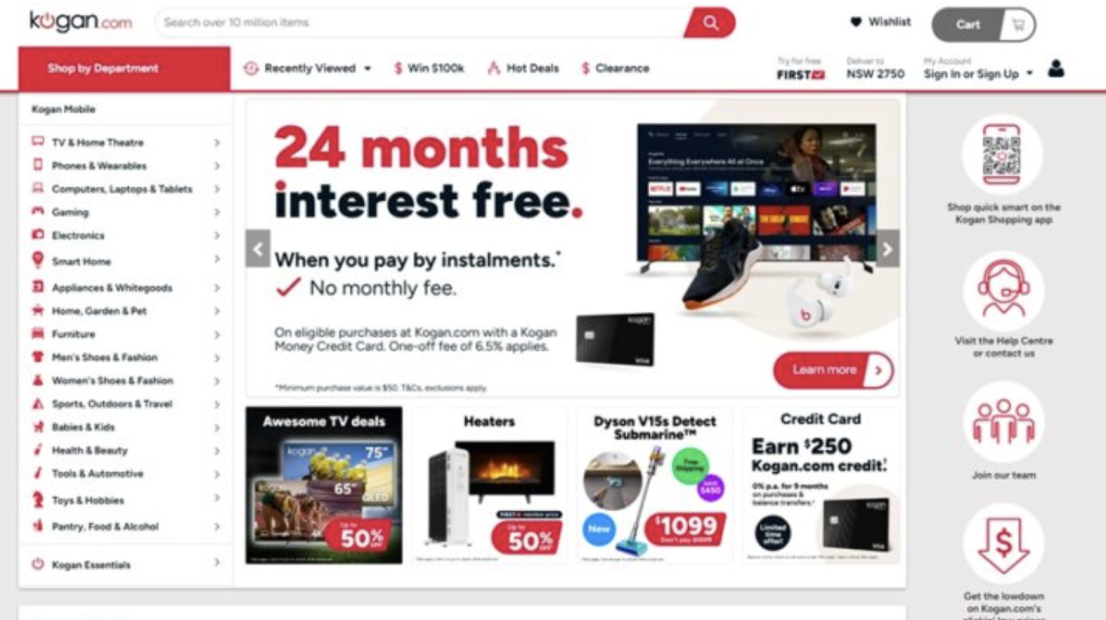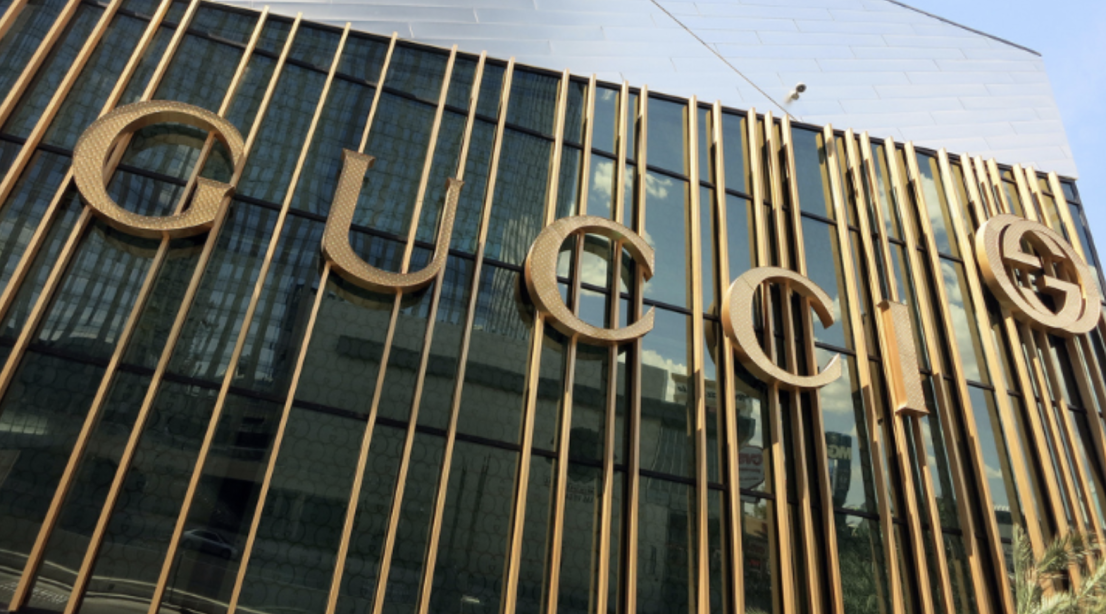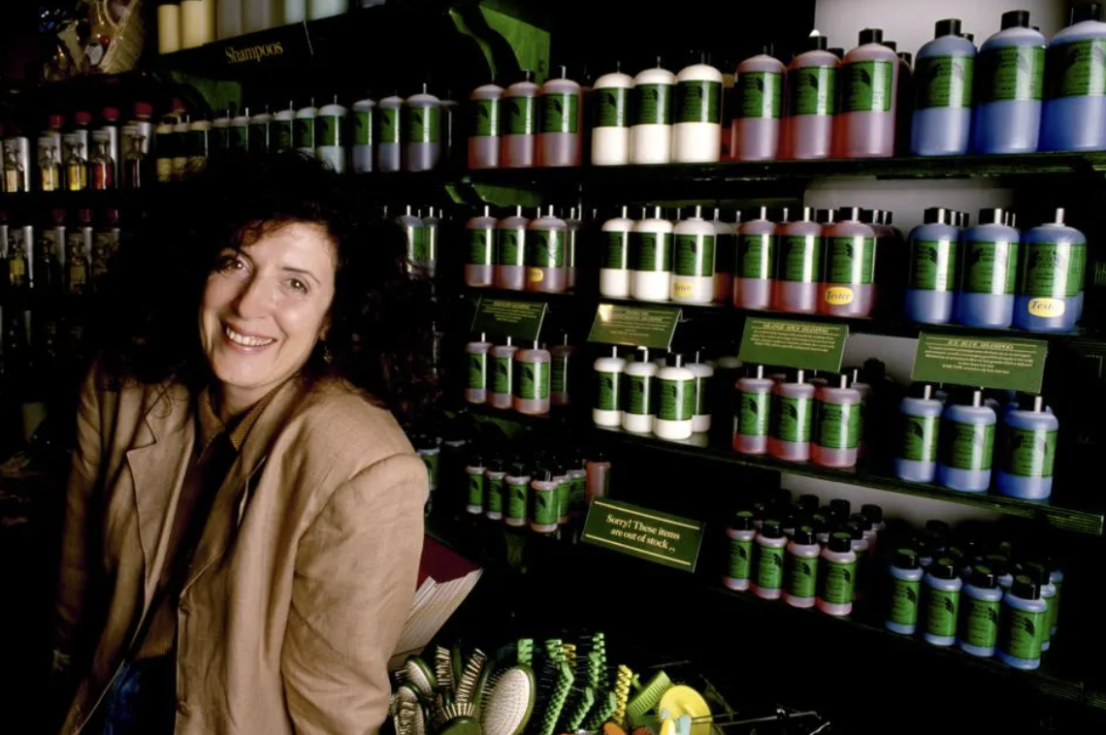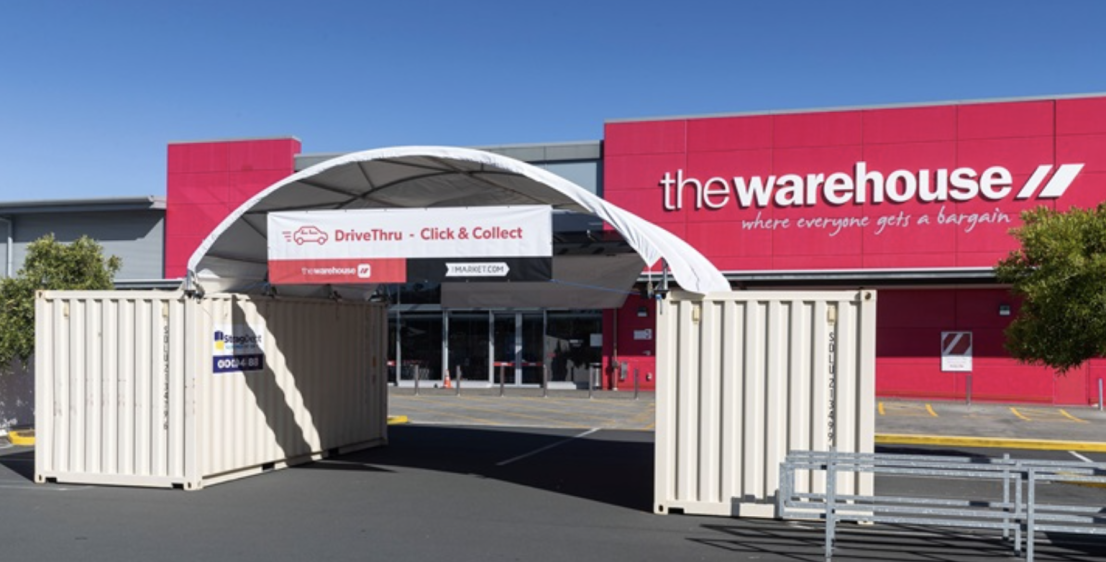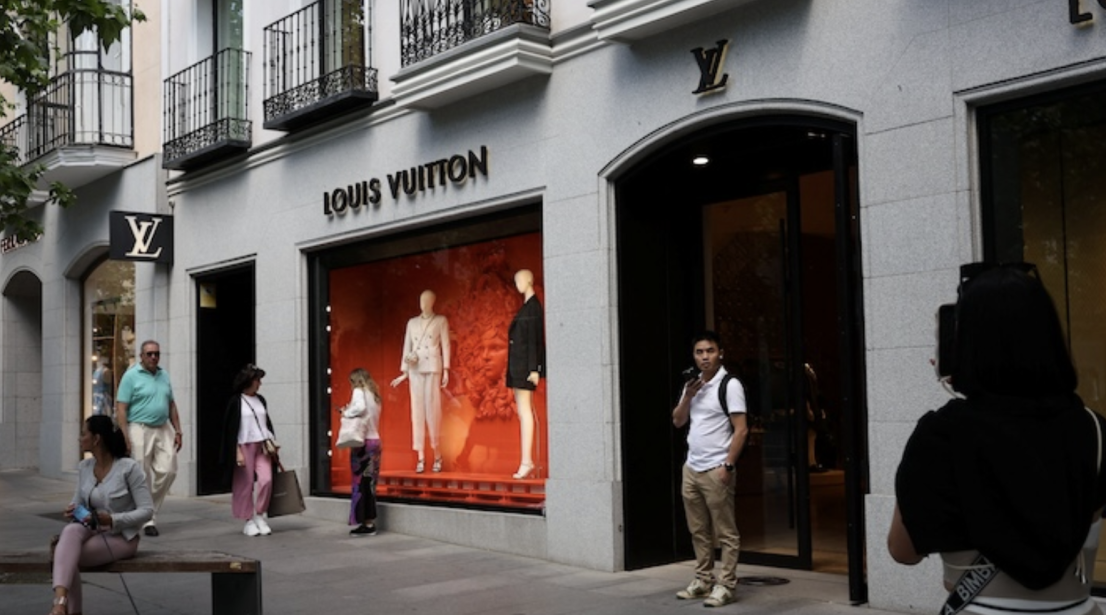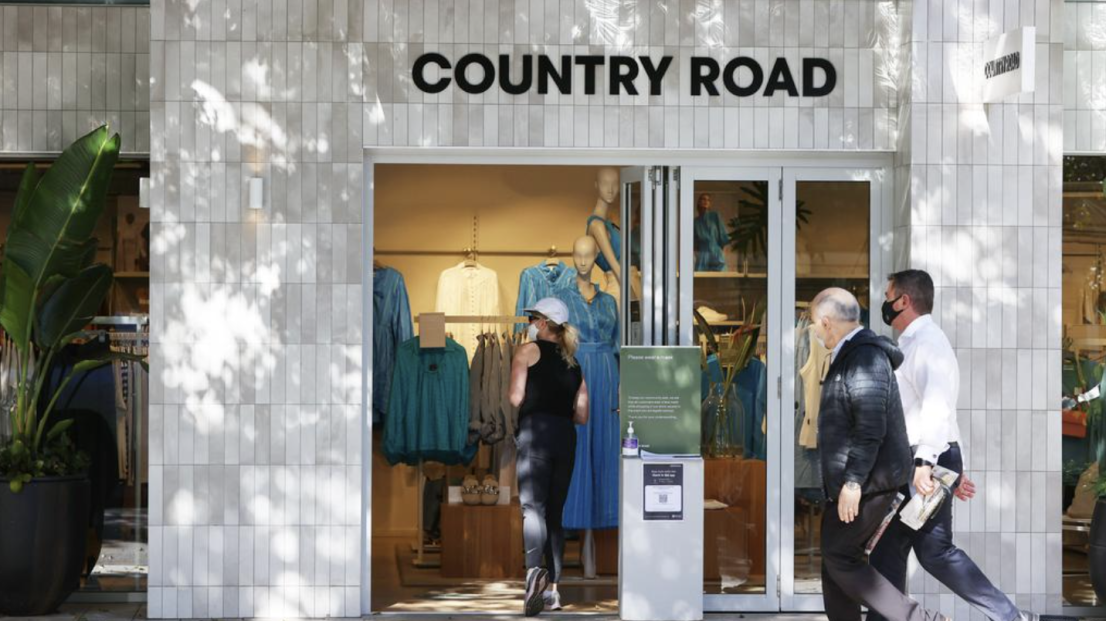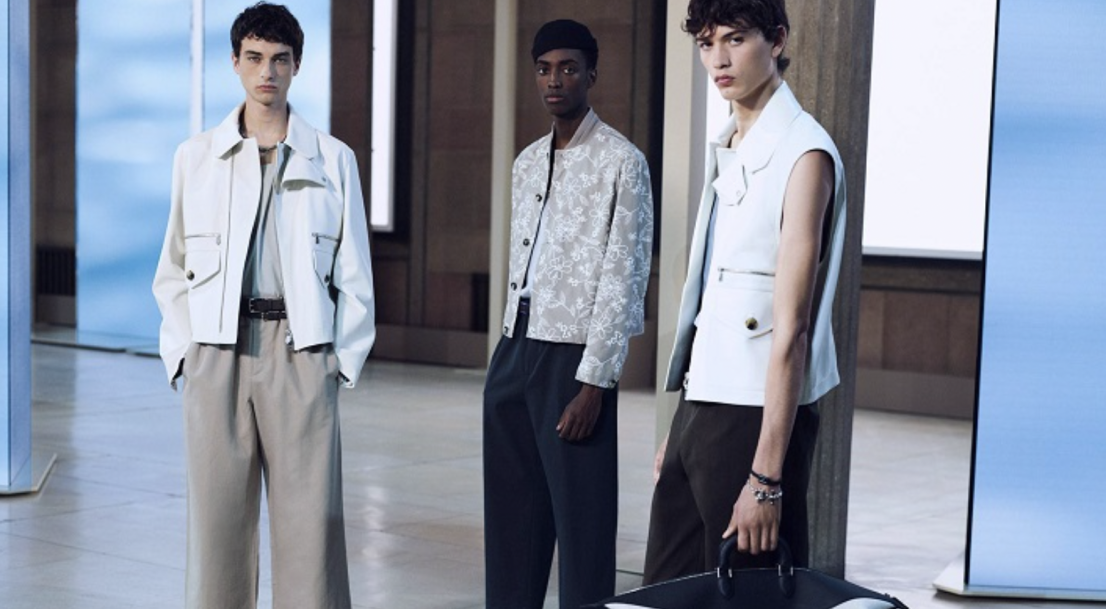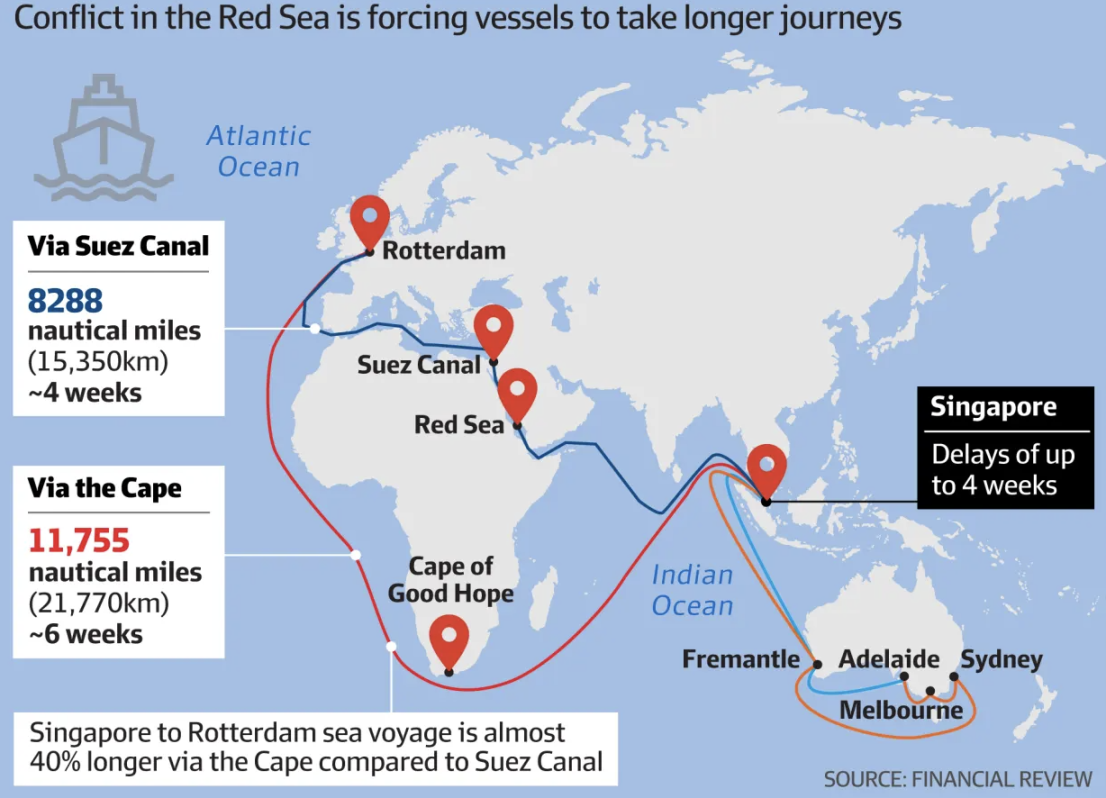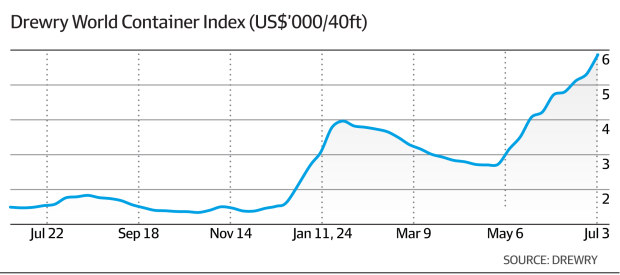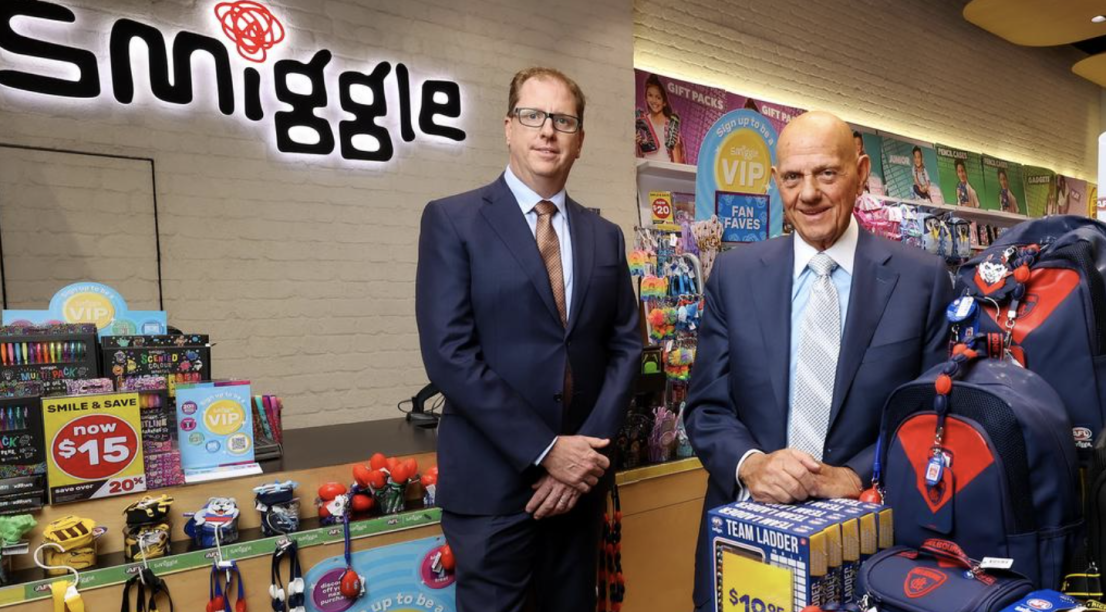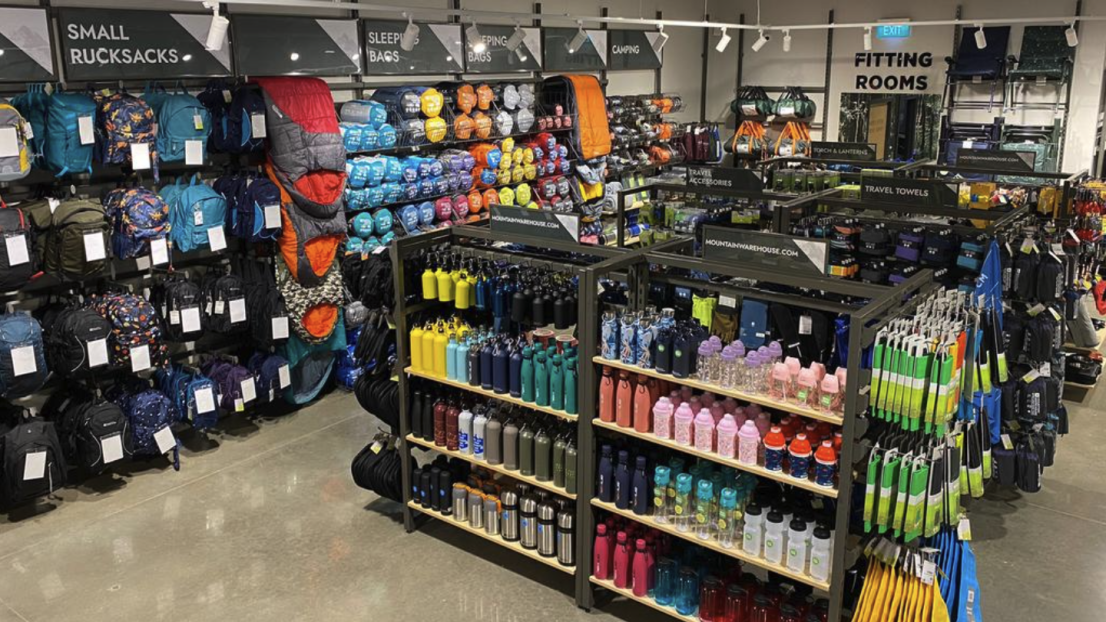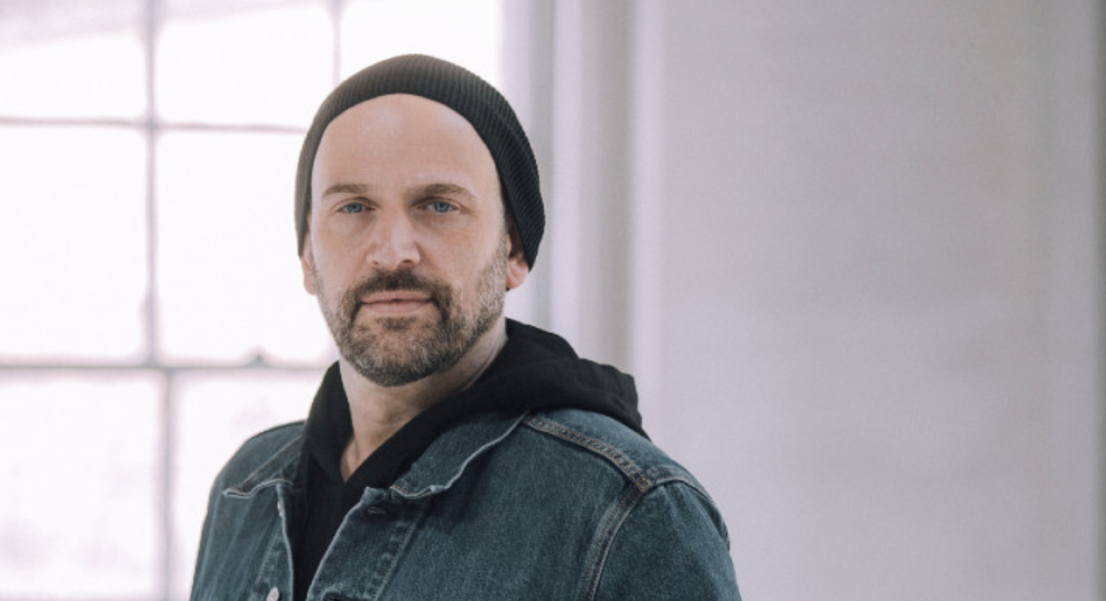
As Levi’s global head of product innovation for the past 13 years, Paul Dillinger has helped bring some of the brand’s most pioneering projects to life – from its Bluetooth-enabled Trucker Jacket to its plant-based 501s, which are virtually indistinguishable from the originals.
It’s a far cry from the haute couture dressmaking techniques he learned while interning at Valentino in the ’90s. But Dillinger is not your average fashion designer. Driven by an insatiable curiosity, he has carved out a unique role at every company he has worked for.
Here, he shares the moment he first knew he wanted to work in fashion, his advice for young people seeking an unconventional career path, where he goes for inspiration and the single most important professional skill in his toolkit.
Paul Dillinger: I thought I wanted to work in muppets. Growing up as a little kid, I was constantly making puppets and dressing them. There was always an affinity towards cloth and the manipulation of fabric. But when I was 12 years old, I was watching “The Phil Donahue Show,” which was a daytime talk show in the United States, and he had on a fashion designer named Willi Smith, who had a line called WilliWear. It was the first time I had ever seen a fashion show, and I was just taken with it. I was like, “Mom, I want that, I want to be him.”
Now, he died of AIDS a few months later. He was a Black, gay man in fashion, and my parents are academics. I remember saying, “I want to be him,” and that is maybe not what a psychologist wants for her son, but they got me a sewing machine, and I began practicing my pattern-making and sewing skills at 12.
My college search was about finding the best school that had a fashion program. I felt that it was a discipline that needed more consideration than most undergraduate programs could give, so I felt I needed to go to graduate school, and that’s how I ended up doing the Fulbright course in Italy.
IR: Were you interested in denim from the beginning?
PD: No, I was interested in men’s sportswear. My first job out of college was at Federated Merchandising Group, [which is now] Macy’s. The available job was an assistant designer for young men and boys 8-20. That included their private label denim collection, so the first job I started working in denim was in 1996, and it’s been denim ever since.
IR: You’ve taken a very interesting path as a designer. How did you end up focusing on product innovation, where you’re dealing with quite a lot of science and experimentation?
PD: As an industry that has built its image on constant, rampant change, there’s actually very little change [in fashion]. There are a few little dials that we redial – colour, silhouette, and, to a degree, fit, but not that much. Many successful businesses are actually run on the same material year over year, and then it’s just redialing fit and colour. There’s actually very little room for real change within the industry.
I’m an infinitely curious person and cannot handle that level of constraint. Any really important change that I want to affect in the world is going to take more than spring, fall, spring, fall. Any real change to improve things, which is what I want to do, takes more than one fashion cycle. And so every job I’ve been at, they’ve recognised that.
At Calvin [Klein], I got moved into this director of design and R&D role. At Martin + Osa, a division of American Eagle Outfitters, I got moved into a design and R&D role. Those roles have never existed; they’ve always been carved out for me after showing dedication to the company, an aptitude for R&D, and a commitment to quality.
I didn’t come to Levi’s to be the head of design innovation. I came as the senior director of collections for Dockers, but I demonstrated the same set of principles: curiosity, commitment, loyalty and hard work.
Every time I spend enough time at a company and demonstrate those characteristics, I get the cool job, which is working on meaningful change that takes more six months.
IR: If you had a piece of advice for somebody who wanted to do what you do, what would you tell them?
PD: Do it – whether it’s sanctioned or not. If it’s meaningful, do it, whether you’re compensated or not. I’m constantly making [things] because I’m curious about improving the way things are made, and that happens to intersect with Levi’s needs and this role.
You can tinker and mess around with stuff. The best ideas start scrappy in a basement. Then the question is, how do you amplify and execute, and how do you present that as part of your work?
You’re probably never going to be interviewing for that [kind of] job, so you need to have a portfolio that shows you are capable of doing more than the job you’re interviewing for. Take the last four pages of [your portfolio] and put in something curious and bizarre that they don’t expect to see, whether you work in origami, or you’re passionate about pop-up books.
Put the oddball thing in that shows you’re more than the bullet points that you’re interviewing for. That will introduce the idea in people’s heads that you might have some value beyond the job they’re hiring you for.
IR: Where do you go for inspiration?
PD: I do other things outside of this. Along with my friends, I’m co-owner of a cooperatively owned drag bar in San Francisco called The Stud.
Music festivals are really important to me to observe – the small ones. There are oddball culture holes all over the place that you can go and find things. I was in Salt Lake City – a fantastic city, never would have thought it. Amazing scene, amazing artists, great galleries, great DJs. Before that, I went to this great music festival camp-out thing south of Pittsburgh. Just amazing creativity.
I don’t go to Burning Man anymore, but all of it – just keeping your eyes open everywhere you go. I mean, there’s plenty of inspiration in this room. A lot of the equipment we have [at Levi’s innovation lab], I have in my apartment – I have a heat press, I have a serger, I have a sewing machine. I can’t constrain my desire to fiddle around with things to the work week. I do it constantly. Anywhere I go, I look for fabrics and then make something.
A friend asked me to [make] a wedding dress last year…I hadn’t made a dress in 27 years. So the question was, what I had learned as a Fulbright Scholar in Italy, interning at Valentino, with 27 years of neglect, how much do we remember, and how much skill can be retained?
I thought I’ll just start making dresses and see if I’ve forgotten everything. It turns out, we don’t forget things. We get better because the one skill that is most important for any of this work is patience.
When we are learning how to do things when we’re in college, we have no patience. Instead of forgetting what I learned, what I had done is acquired patience over the 30 years since graduation, and it made all the lessons learned in graduate school suddenly have more value and meaning.
I think that’s probably the most important professional skill. But it’s not one that business is well-positioned to leverage.
